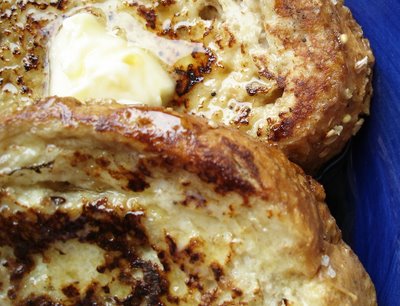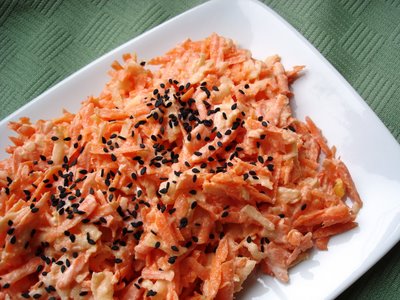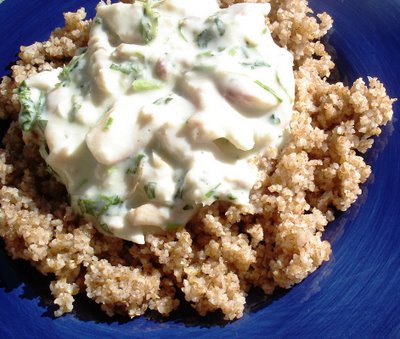 Pasta with tomato sauce feels a bit too familiar at times. I was trying to find some more interesting vegetable sauces for pasta, and some fiddling with the Google translate tool to make sense of 'pasta e zucca' recipes inspired this satisfying and gorgeous plate of ziti with butternut sauce. Other pasta shapes like rotini or rigatoni would enjoy this sauce as well; if you have smaller pasta or a fine noodle like vermicelli you will want to do a thinner, smoother sauce that will not overwhelm the pasta.
Pasta with tomato sauce feels a bit too familiar at times. I was trying to find some more interesting vegetable sauces for pasta, and some fiddling with the Google translate tool to make sense of 'pasta e zucca' recipes inspired this satisfying and gorgeous plate of ziti with butternut sauce. Other pasta shapes like rotini or rigatoni would enjoy this sauce as well; if you have smaller pasta or a fine noodle like vermicelli you will want to do a thinner, smoother sauce that will not overwhelm the pasta.This is a recipe that accomodates what you have on hand - you could easily omit the pepper, or add small amounts of other vegetables like corn, carrots, celery, or tomatoes. Coriander is my favourite seasoning with squash right now, but cloves, nutmeg, cumin, cinnamon, or ginger would all work. Just do not overdo the seasoning - it is very easy for these bold spices to overwhelm the delicate flavour of the squash. If you have cooked squash on hand you can start the water boiling for the pasta, make the sauce, and have everything ready by the time the pasta is cooked.
Cut one small onion, one small sweet pepper, one jalapeno, and two cloves of garlic and saute in one tbs of oil with some salt and 1/2 tsp coriander until softened. Blend vegetables with half a medium cooked butternut squash, adding 1 1/2 to 2 1/2 cups of liquid to make a thick sauce. I used milk and pasta water for the liquid, but you could also use stock, or if you want a really luxurious sauce you can use cream. The amount of liquid you need will depend on how you have cooked the squash - if it is boiled, you will need less than if you roasted the squash. Pour/scrape sauce into a large pan, simmer for a few minutes, and taste for seasoning.
Meanwhile, cook a pound of whole wheat ziti to the desired texture and pour drained pasta into the simmering sauce. Mix pasta into sauce, adding some pasta water if mixture is too thick, and let sit for a minute so they can get to know each other. Turn out onto plates and top with grated parmesan and, if the jalapeno is not asserting himself enough, a grind of pepper. Serve immediately to four to six people.









